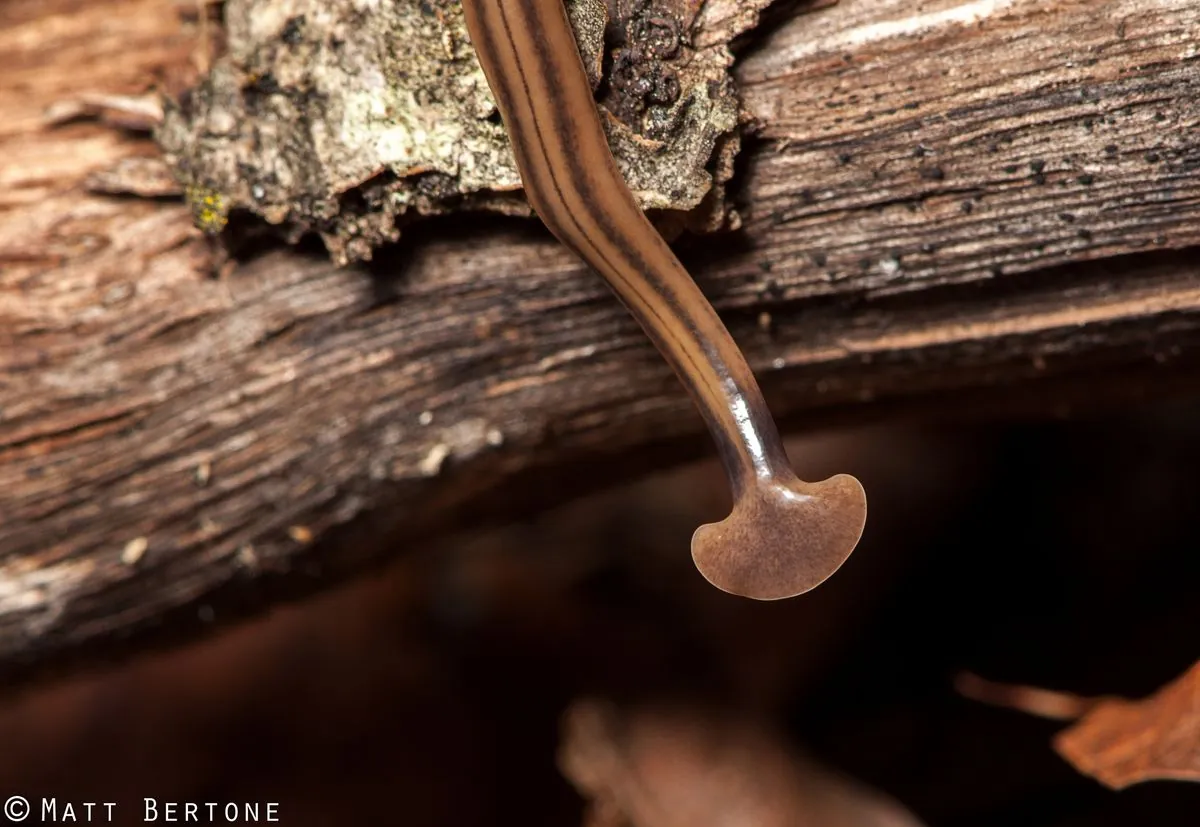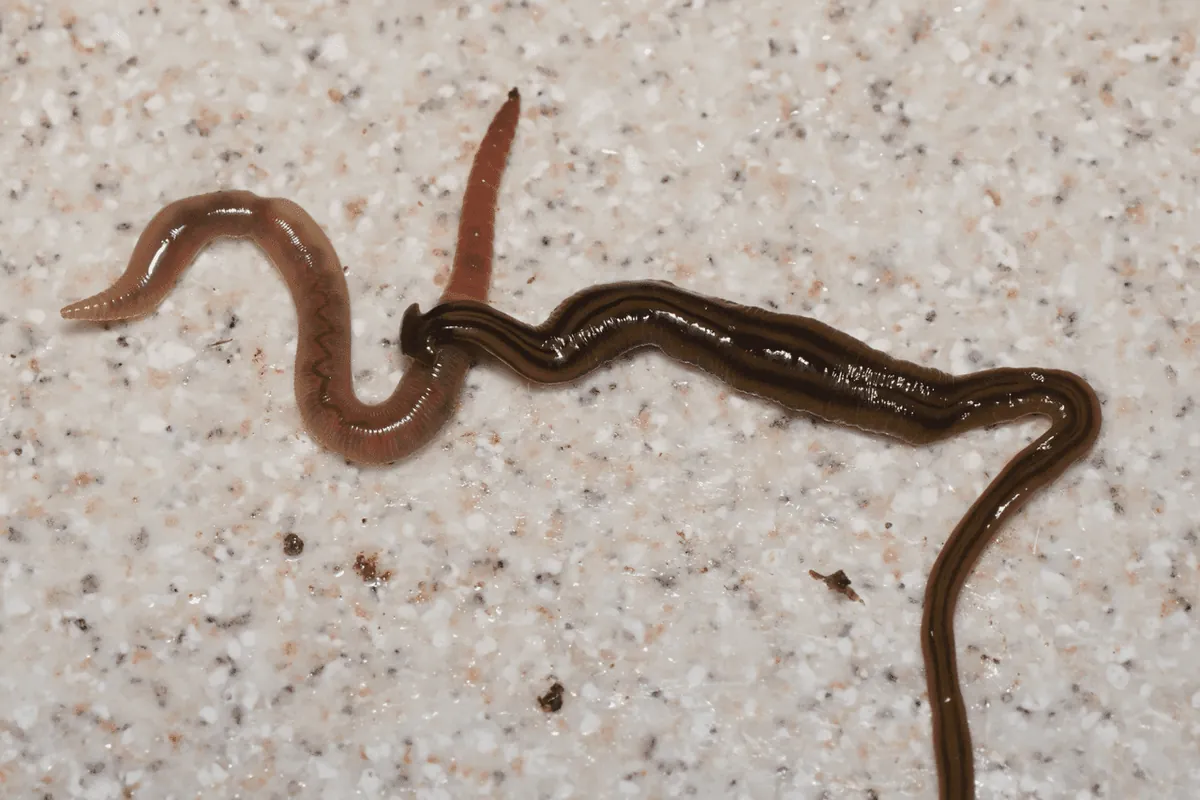Invasive Hammerhead Worms: A Growing Threat to Garden Ecosystems
Hammerhead worms, toxic predators from Southeast Asia, are spreading across North America. These invasive flatworms pose a significant threat to beneficial earthworms and garden ecosystems.

In recent years, a peculiar and dangerous invader has been silently spreading through North American gardens: the hammerhead worm. These unusual flatworms, originating from Southeast Asia, have become a growing concern for gardeners and ecologists alike.
Bipalium species, commonly known as hammerhead worms, are distinctive predators that pose a significant threat to beneficial earthworms. Unlike their prey, which play a crucial role in soil health, these invasive worms contribute little to the ecosystem while causing potential harm.
Physically, hammerhead worms are easily identifiable by their unique head shape, reminiscent of a hammerhead shark. Typically measuring 5-8 cm in length, some species can grow up to 40 cm. Their bodies feature vertical stripes, adding to their distinctive appearance.

These invasive worms possess a formidable defense mechanism. Their bodies are coated with a neurotoxin similar to tetrodotoxin, found in pufferfish. This toxin not only deters potential predators but also poses risks to pets and can irritate human skin upon contact. Additionally, hammerhead worms carry parasitic nematodes, which can harm plants, animals, and even humans.
The reproductive capabilities of hammerhead worms make them particularly challenging to control. They are hermaphroditic, capable of self-fertilization, and can reproduce both sexually and asexually. Perhaps most remarkably, they can regenerate entire individuals from small body fragments, making traditional methods of elimination counterproductive.
"The loss of earthworms due to hammerhead worm predation would pose a catastrophic threat to farms and gardens."
Hammerhead worms have shown a preference for warm, humid environments. Initially confined to southern states like Alabama, Florida, and Texas, they have now been reported in numerous other states, including New York, Ohio, and Illinois. Their spread is largely attributed to the horticultural trade, with potted plants serving as unwitting vehicles for their transportation.
These nocturnal creatures often go unnoticed, hiding under leaf litter, rocks, and logs. However, their impact on local ecosystems can be significant. Research has shown that hammerhead worms can have detrimental effects on native earthworm populations, potentially disrupting soil health and plant growth.
If encountered, it's crucial to handle hammerhead worms correctly. Cutting or crushing them will only lead to multiplication. The recommended method for elimination is the application of salt or vinegar directly to the worm.
As these invasive predators continue to spread, awareness and proper management become increasingly important. Gardeners and homeowners are advised to be vigilant and report sightings to local agricultural authorities. By understanding and addressing the threat posed by hammerhead worms, we can work towards preserving the delicate balance of our garden ecosystems.


































